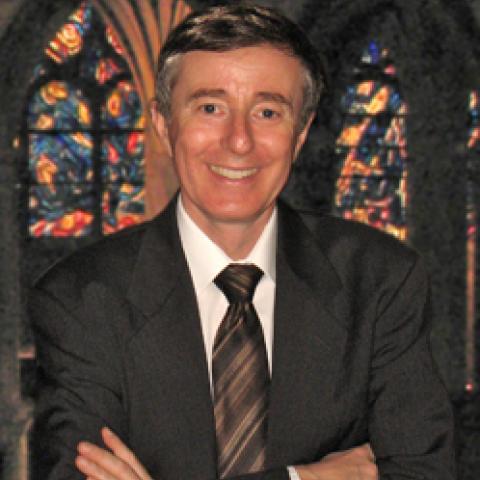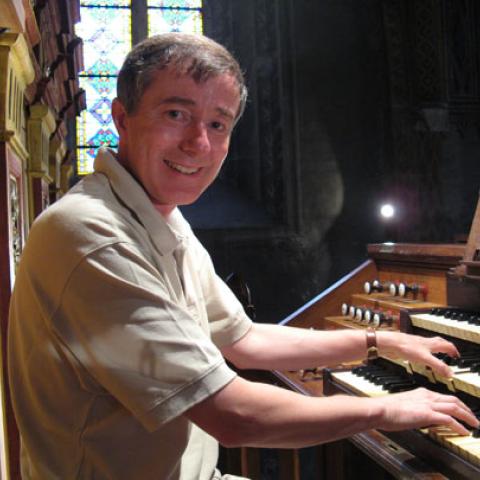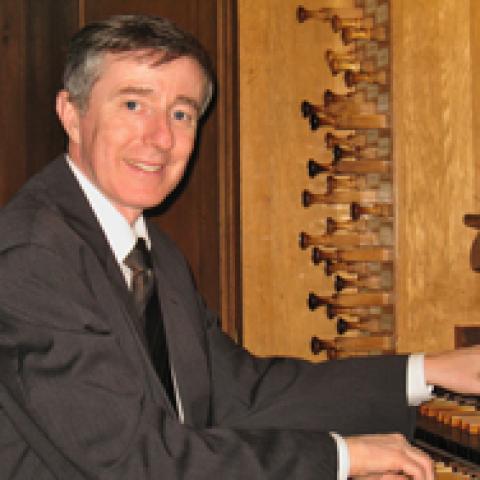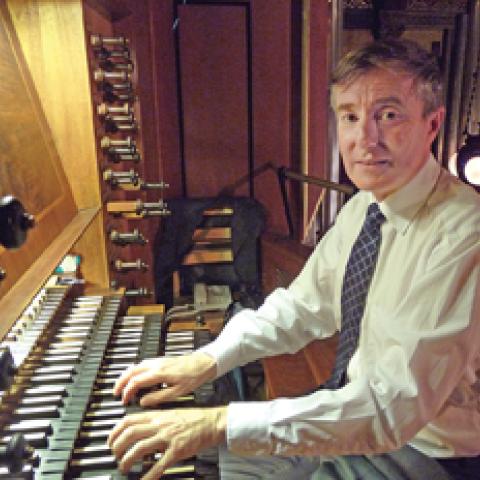
French organist Christophe Mantoux has recently been appointed to the position of Professor of Organ at the Conservatoire régional de Paris and the Pôle supérieur de Paris. He will begin his teaching duties there in September 2011.
He was formerly Professor of Organ at the Conservatoire National de Région in Strasbourg from 1992 to 2011, where he taught students from all over Europe, the United States, South America, South Korea, and Japan. He also holds the position of Titular Organist at the Church of Saint-Séverin in Paris, where he has served since 1995.
Winner of the Grand Prix d’Interprétation (First Prize in Interpretation) at the Chartres International Organ Competition (Grand Prix de Chartres) in 1984, Mantoux will make his second tour to the United States, under the management of Penny Lorenz Artist Management, in February and March 2012, with performances in Washington, D.C., Denver, St. Paul, Minnesota, Seattle, and San Diego.
In the coming year, some of his other performances include the Festival d’orgues in Cremona, Italy, the Freiberger Dom in Germany, the Chapelle du château de Fontainebleau, France, the Cathedral of Chartres, France, St. Wenzel Kirche, Naumburg, Germany, the Oude Kerk in Amsterdam, and the Konzerthaus in Berlin, Germany. For more information:
www.organists.net.






